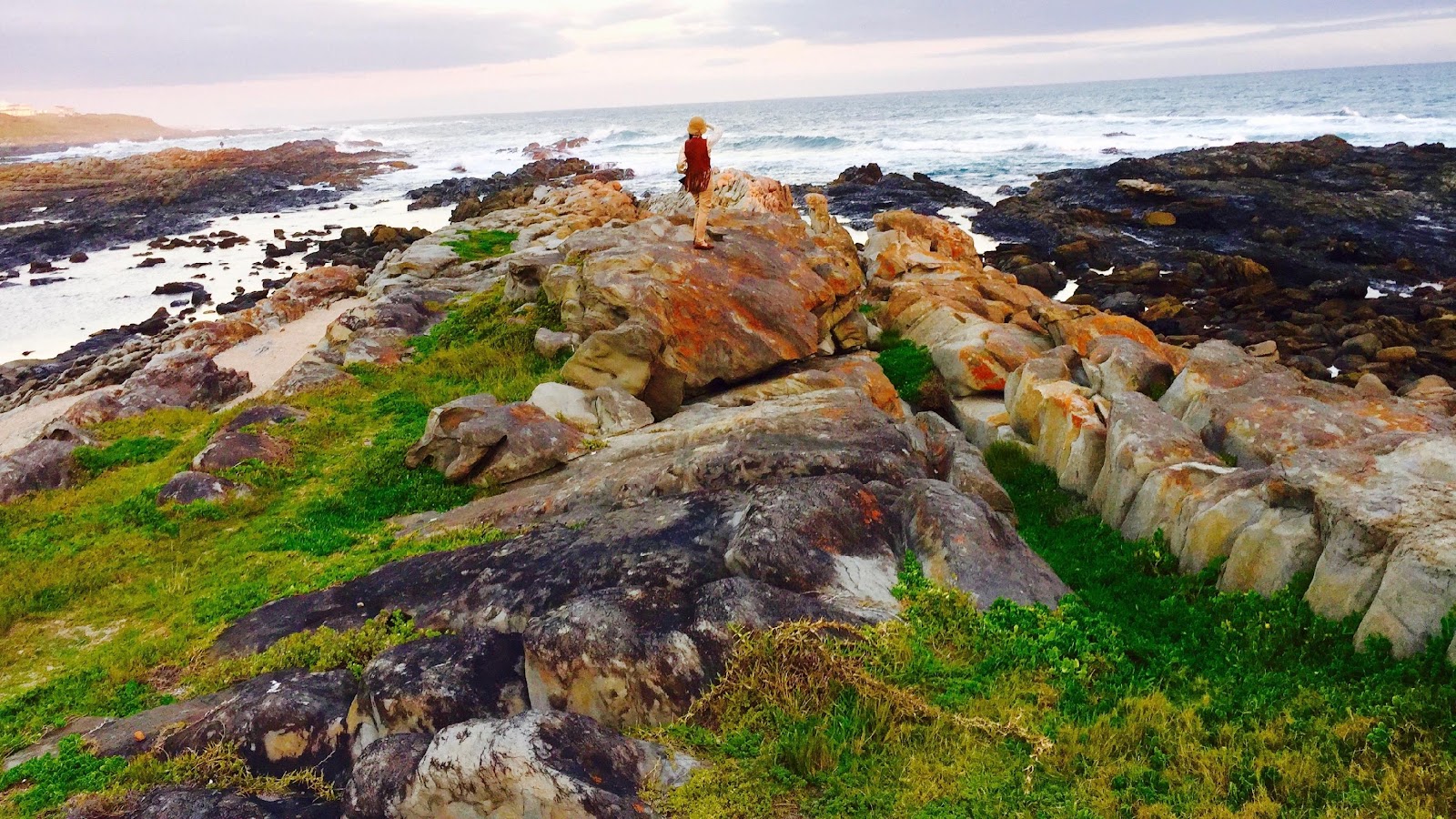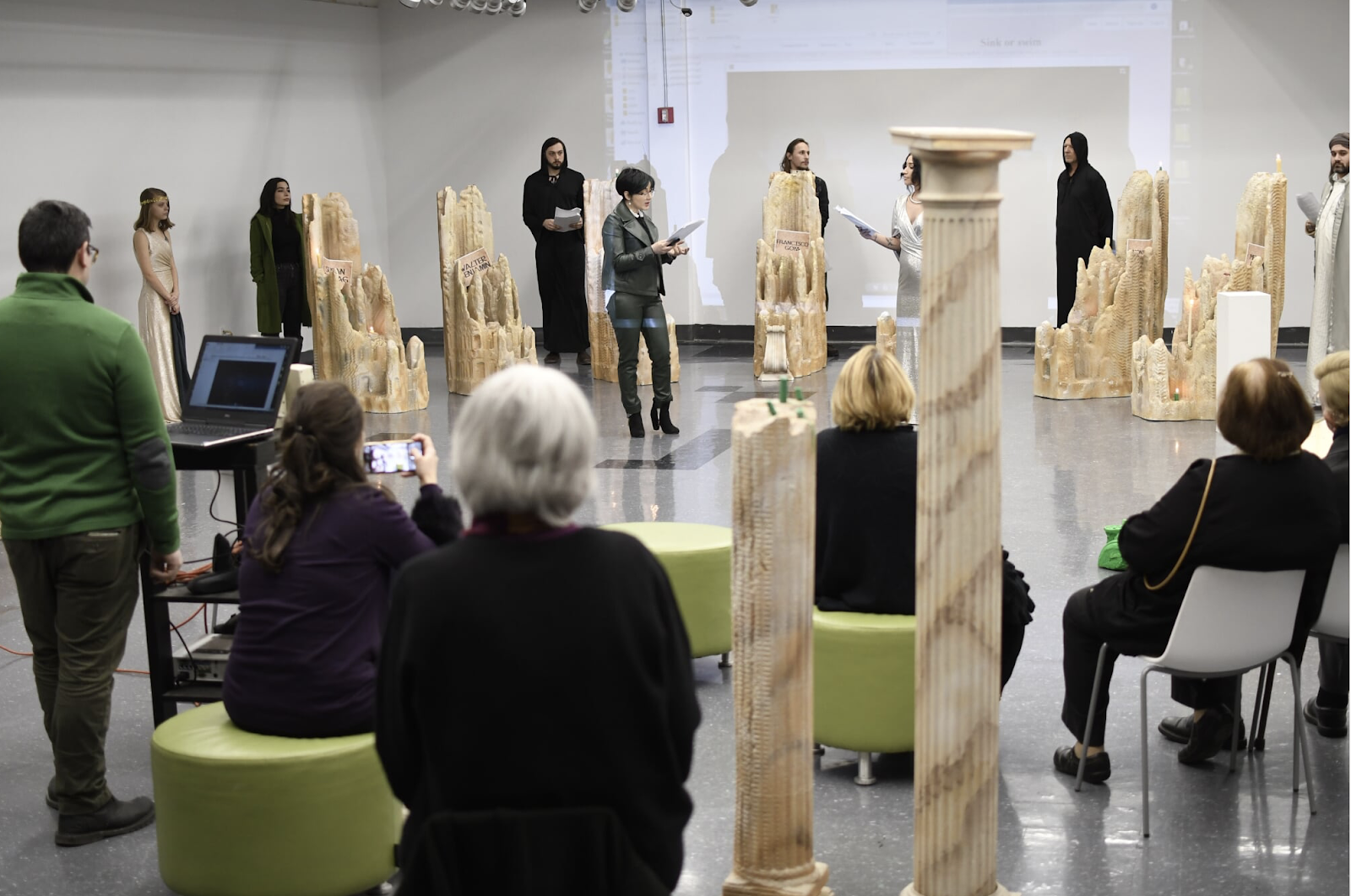The Manipulation of the Memory Theatre: Practicing Slelf
Our past experiences and personal memories are like a vast home, shaping the contours of our identity. The people who have lived in that home—though never all at the same time—have made it lively, educational, safe, and even sacred. To be at home is to dwell within one’s own soul. For an artist, this home is both physical and imaginative: it is where interaction with others cultivates a unique way of seeing, what Kafka described as vision particulière.
My home is Anatolia, a land that has hosted countless civilizations and now serves as a bridge between East and West. This region, today known as Turkey, is an open-air museum. My earliest childhood memories are tied to Zile Castle, a Roman fortress repurposed as a school where my father served as principal. One of the castle’s stone columns bears the famous inscription, “Veni, Vidi, Vici” (“I came, I saw, I conquered”) attributed to Julius Caesar. Playing among these ancient stones, inscribed with some of the oldest words in the world, I realized that the Earth itself is a text to be read and written. Yet, to truly inhabit the world, one must interpret the mysteries within that text—a task I embraced with relentless effort. My academic journey has been an extension of this pursuit.
The desire to read and interpret ancient works drew me to art history, but the aspiration to create as an artist is equally compelling. For the artwork I leave behind may one day speak to a child living centuries after me, bridging time through shared perception.


Zela Castle/Amphytheatre Veni-Vidi-Vici/Cesar
During a critique, I noticed that the landscapes in my early paintings bore striking resemblance to Zile Castle. In the northwest courtyard lies a Byzantine arena, echoing structures I later encountered among Hellenistic ruins in North Africa, where my father also passed away during his research. Perhaps subconsciously, these impressions led me to write a play centered on the concept of the “memory theatre” for my thesis.

Robot Carved Caesar and column
Through my Ph.D. studies, I visited hundreds of museums across the world, encountering similar works across time and geography. These experiences inspired the Zig-Zag Time Travel series, which explored journeys across eras and civilizations. The fieldwork I conducted—from Göbekli Tepe to the Great Rift Valley—exposed me to countless narratives and forms, compelling me to make these nodes of memory and history visible in my work. Inspiration, I realized, is the inner voice of the past: the whispers of migrants, ghosts, thinkers, artists, and even our childhood selves. Once, I was criticized for quoting too many authors in an article; yet I explained that when I write, it feels as if all these voices are seated at my desk, guiding my hand.


Rifted Valey, 2013 Gobekli Tepe, 2015
An artist may awaken one morning speaking a language foreign to those around her, or may bond across centuries with like-minded individuals. I cannot separate myself from moral guides such as Epictetus, Schopenhauer, or Cicero, who have taught me the “art of living” through the play of thought. Humans are not mere chemical reactions, yet every reading, every performance, rewrites our understanding of ourselves. We are shaped not only by the artworks we create, but by the ideas and histories we absorb.
My thesis supervisor encouraged me to explore these themes through a play—a suggestion perfectly aligned with my decade of research. For someone who has spent many years away from home, it offered the imaginative opportunity to invite ancestors, the contributors to my personal and intellectual formation, into my graduation exhibition.
Contemporary technologies have expanded the possibilities for art. Holograms, augmented reality, and 3D printing allow us to resurrect the past, summon mythological beings, and explore the memory theatre in ways previously unimaginable. Artists’ works are doors to their universes; interdisciplinary exhibitions provide portals into the collective memory. Thinkers, creators, and figures from multiple times can meet face-to-face, engaging in dialogue across centuries.

In my exhibition, The Manipulation of the Memory/Artfacts, I employ body sculptures, robot-assisted 3D prints, video installations, and immersive technologies such as HoloLens, scanners, projections, and virtual reality. The intersection of art, science, and technology allows us to explore both the most ancient and mythological epochs, reconstructing narratives stored within our collective subconscious. This method illuminates the memories etched on Earth, offering insights into both our past and our potential futures. By reconstructing the “subconscious” through a heterotopic lens—borrowing Foucault’s notion of transformative spatial analysis—we animate the invisible threads connecting human experience across time.

Drawing upon Adorno’s idea of “breaking through the deception,” the exhibition stages a dialogue between historical and imaginary spaces, creating a utopian interplay across cultures and civilizations. Using a robot-designed amphitheater, the installation allows viewers to witness historical figures, artists, and ideas interact in an immersive, interactive play. Through this experience, we journey from the subconscious to the unconscious, from memory to meaning, guided by the voices of Freud, Jung, and countless others.
At its core, The Memory Theatre is a space for remembrance and transformation. Memories, leaving traces upon the mind, are recalled and rewritten, allowing us to grapple with humanity’s triumphs, tragedies, and enduring mysteries. The exhibition explores the continuity of memory, the layering of time, and the cyclical nature of life, demonstrating how art can connect the living with those who came before us.

The Manipulation of The Memory/Artfacts
By merging technology with memory, we can reinterpret the two-dimensional forms of the past, transform them into multidimensional experiences, and wander through the symbolic, mythical, and historical landscapes of human consciousness. This interplay of memory, imagination, and creation allows us to engage with the Earth itself as a theater, where history’s actors perform again and again, revealing cycles of power, oppression, and resilience. Life, much like memory, unfolds as a spiral—a dream within a dream—where the stories of hope, loss, and meaning are endlessly intertwined.
'Exquisite Corpse' Components Including drawings of Giordano Bruno's memory wheel and the archaeology of the original Shakespearean Globe Theatre


The Mandala of Memory Theatre/Bruno/Neo Mandala of Memory Theatre

The Memory Theatre by Camillio
According to this fiction, people who lived in the past and sought solutions for understanding and justice are invited by imagination to the scene of memory. The performances in the exhibition brought together imaginary characters from the past, which allowed us to witness the moment where they stand face to face with the people of today.
New The Memory Theatre